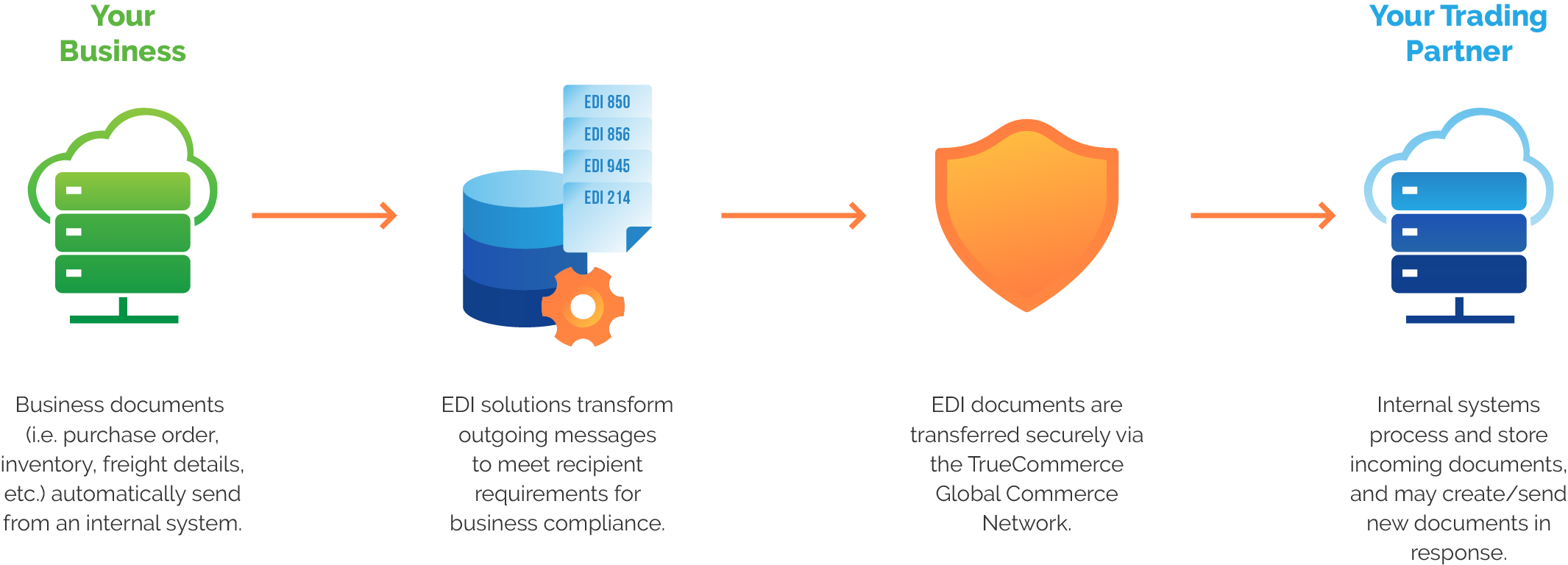What Is EDI? Understanding Electronic Data Interchange in Business
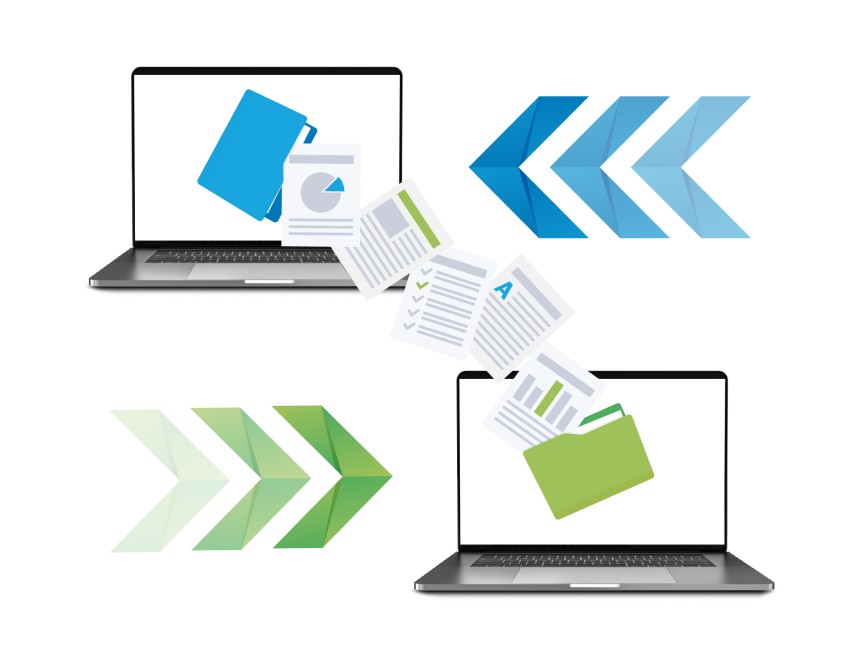
Whether you’re in retail, manufacturing, logistics, or wholesale, EDI helps streamline your supply chain by reducing errors, speeding up processes, and ensuring compliance with your trading partners.
As a cornerstone of modern business communications, Electronic Data Interchange (EDI) offers a way to exchange business documents, replacing slow, manual business processes and eliminating transaction errors. EDI systems help businesses save time and money, increase productivity, improve partner relationships, and achieve countless other goals. With a well-integrated system, you can automate some of the most time-consuming parts of your operations for seamless data-sharing and unmatched scalability.
If you want to stay ahead of the competition and use modern technology to its fullest extent, you’ll need EDI on your side.
What Is EDI?
Electronic Data Interchange is a system or method for exchanging business documents with trading partners. These can be your suppliers, customers, carriers, third-party logistics (3PL) providers, or other supply chain connections.
In this method, automation replaces paper documents and manual business processes to streamline incoming and outgoing document types such as purchase orders, advance ship notices, and invoices. EDI software uses specific transaction codes to transmit data between computer systems in a standard format. In North America, EDI transaction codes use the American National Standards Institute (ANSI) X-12 standards. European businesses use another EDI protocol, called EDIFACT.

The 4 Core Components of an EDI System
A complete EDI system includes several key components that work together to automate document exchange. At TrueCommerce, these are all delivered through a single-vendor, fully managed platform.
Here’s what makes up a modern EDI solution:
1. EDI Translator
Converts business data from your system into standard EDI formats – and back again. It ensures documents meet the requirements of each trading partner, even if their systems use different structures.
2. EDI Mapping Tables
Define how data should be translated between your internal system and your partners’. These mappings tell the translator where to find and place each data point – so information ends up in the right place, every time.
3. Secure Transaction Network
Enables you to send and receive EDI documents over a reliable, encrypted network. This ensures fast delivery, traceability, and data protection.
4. Support and Maintenance Services
EDI standards and partner requirements evolve. A managed EDI provider like TrueCommerce offers ongoing updates, proactive monitoring, and technical support to keep your system compliant and running smoothly.
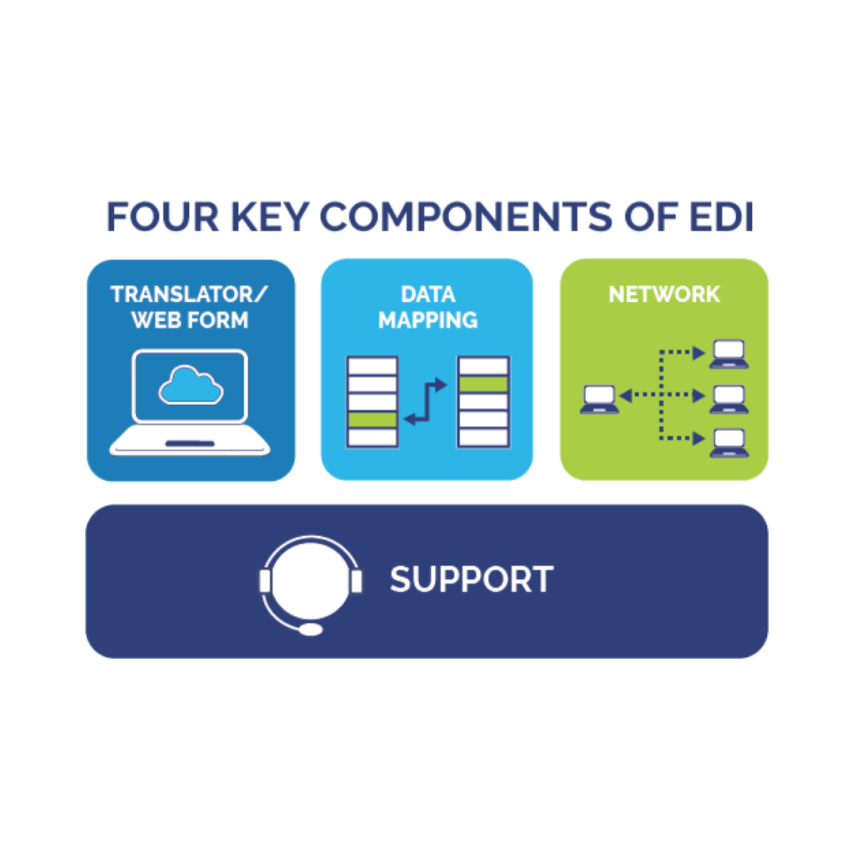
How Does EDI Work?
Electronic Data Interchange (EDI) replaces traditional communication methods – like mail, fax, or email – with automated, system-to-system data exchange. Even if two businesses use completely different systems, EDI makes it possible to share documents in a standardized, structured format.
Here’s how the EDI process typically works:
Document Creation
Your system (ERP, WMS, accounting, etc.) creates a business document, such as a purchase order or invoice.
EDI Translation
The document is translated into a standard EDI format using specific transaction codes (e.g. EDI 850 for purchase orders, EDI 810 for invoices).
Transmission
The EDI file is securely sent to your trading partner via an EDI network or connection type (e.g. AS2, VAN, API).
Inbound Translation and Mapping
On the receiving end, the partner’s EDI system maps the file into a format their internal systems can process automatically – no manual entry required.
Automation Triggers
Integrated EDI pushes the translated data directly into your ERP system, triggering workflows like order processing, invoicing, or inventory updates.
Why EDI Mapping Matters
EDI mapping ensures each data field ends up in the right place, even when trading partners use different document layouts. Accurate mapping is critical for compliance with retailer and distributor requirements – and for avoiding costly errors.
Types of EDI Solutions
Different EDI providers offer different EDI networks and systems to deliver electronic documents, including:
- Web EDI portals – for basic, browser-based document exchange
- Direct EDI – point-to-point connections with partners
- Fully integrated EDI – connects directly to your ERP for complete automation
Want help choosing the right EDI solution? Check out our EDI Buyer’s Guide below.
What Does EDI Mean for My Business?
At its core, EDI (Electronic Data Interchange) is a communication tool that enables businesses to exchange essential documents – like purchase orders and invoices – automatically, system to system.
Instead of relying on manual communication, EDI standardizes and automates the process, so your team doesn’t have to spend time retyping, chasing confirmations, or fixing format errors.
Without EDI: Manual and Error-Prone
Imagine placing a purchase order by email or fax. The supplier has to manually review it, enter the details into their system, generate an invoice, and send it back – often introducing errors, miscommunications, or processing delays.
Repeat this process for dozens or hundreds of trading partners, and the risk of inefficiency grows quickly.
With EDI: Fast, Accurate, and Automated
EDI automates this exchange. Purchase orders are sent directly from the buyer’s system to the supplier’s ERP, where they’re processed instantly. Invoices are generated and returned just as quickly – no retyping, no delays.
The result?
- Fewer errors
- Faster order cycles
- Better relationships with trading partners
- A supply chain that can scale without extra manual work
Why It Matters for Modern Business
By removing manual steps, EDI speeds up order cycles, improves accuracy, and enables 24/7 processing. No more delays waiting for staff to initiate the next task – EDI runs in the background, automatically handling routine transactions.
It also ensures compliance by using standard formats, placing the right data in the right fields – regardless of how different each company’s internal systems might be.
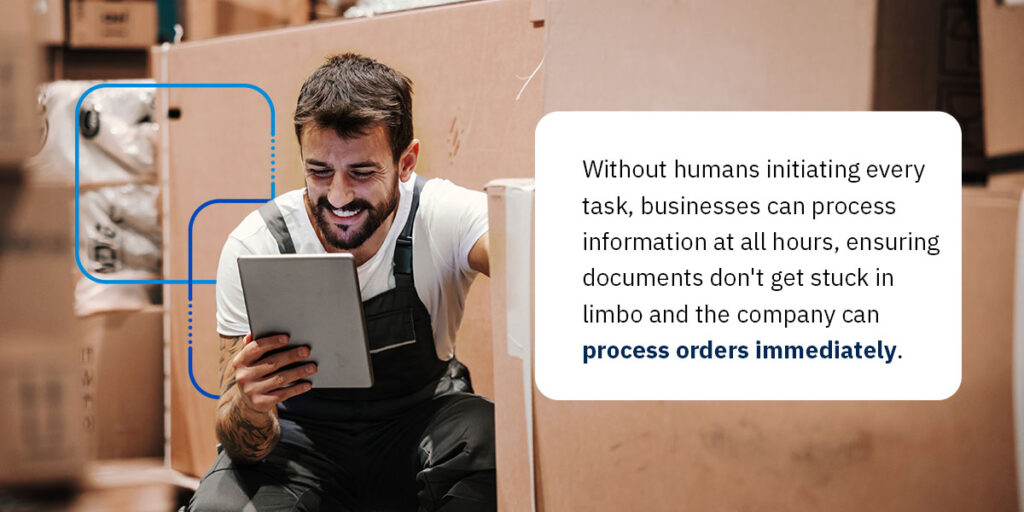
Common Business Processes That Use EDI
- Purchase orders
- Invoicing and payment remittance
- Shipping notices and manifests
- Purchase order acknowledgements
- Warehouse shipping orders
See the full list of EDI Transaction codes.
The Need for EDI
Traditional trade processes are slow, manual, and error-prone. Teams spend valuable time tracking emails, retyping orders, and manually entering invoice data – often across disconnected systems.
This approach reduces supply chain visibility, delays order processing, and makes it harder to scale your business.
EDI Solves These Challenges
By digitizing and automating the exchange of key business documents, EDI helps businesses of all sizes compete in a fast-moving, data-driven world.
In fact, the global EDI market is projected to grow from $1.78 billion in 2022 to $4.52 billion by 2030 – driven by the increasing demand for automation, compliance, and integration.
With EDI, you can:
- Reduce operational costs by eliminating manual data entry and document handling
- Speed up order cycles and improve data accuracy with standardized digital workflows
- Manage inventory more efficiently and reduce overstock or stockouts
- Strengthen supplier relationships and boost vendor scorecard ratings with reliable, on-time communication
- Scale your operations without adding headcount
Whether you’re a small business or an enterprise, EDI is no longer optional – it’s a strategic advantage.
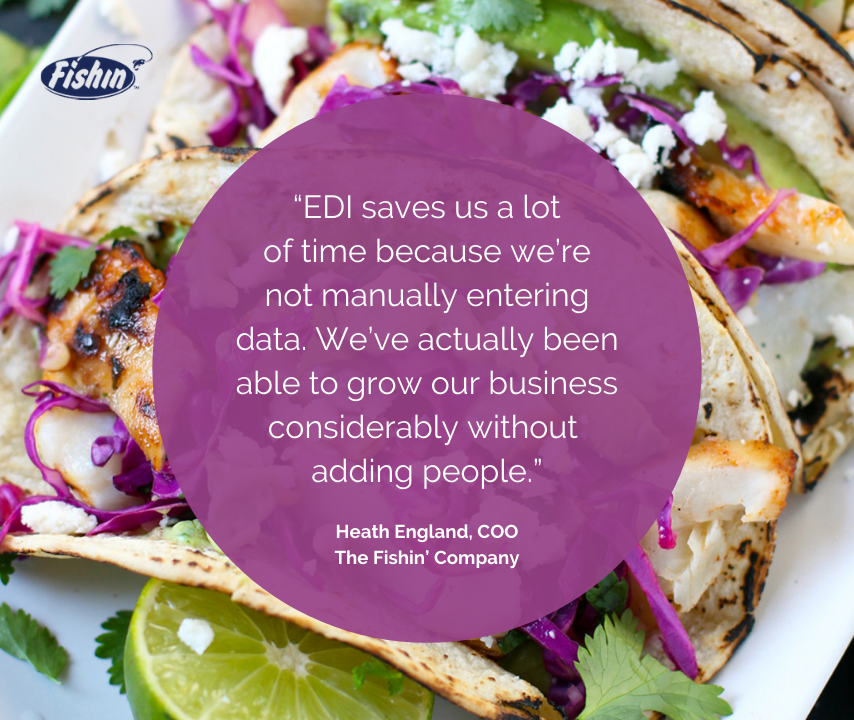
5 Key Benefits of EDI for Your Business
By automating the exchange of business documents between systems, EDI gives your organization the speed, accuracy, and scalability it needs to grow – without growing headcount.
Here are the 5 key benefits of Electronic Data Interchange:
1. Fewer Errors, Greater Accuracy
Manual data entry leads to mistakes. EDI eliminates those by automating document exchange and validating data before it reaches your systems – reducing costly errors.
2. Faster Transactions, Shorter Lead Time
With fewer touchpoints and no retyping, orders, invoices, and shipping documents move through your workflows faster – speeding up fulfillment and reducing delays.
3. More Output Without More Staff
Free your team from repetitive admin tasks. EDI reduces manual processing so your employees can focus on higher-value work – helping you scale without additional overhead.
4. Simplified, Compliant Partner Relationships
Every trading partner has different formatting rules. EDI systems automate compliance with each partner’s requirements – minimizing chargebacks and improving collaboration.
5. Real-Time Visibility Across Your Operations
Track document status, inventory, and transaction flow in real time. EDI gives you the insight to make faster, smarter decisions across procurement, logistics, and finance.
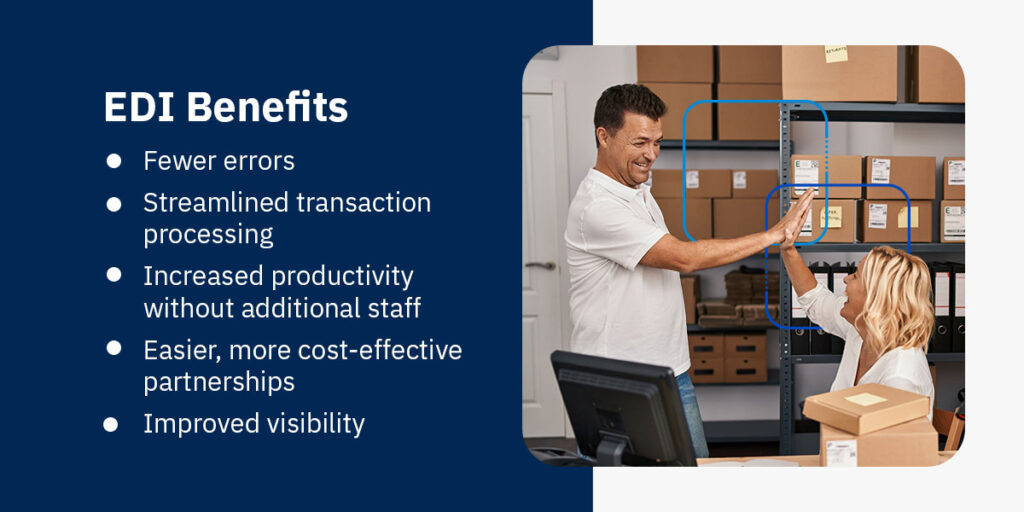
Integrate EDI with Your Systems and Partners
For most businesses, EDI is one part of a much larger technology and supply chain ecosystem. To get the most value, your EDI solution needs to integrate seamlessly – with both your internal systems and your external partners.
System Integrations that Power Automation
Whether you use an Enterprise Resource Planning (ERP) system, accounting platform, or warehouse system, EDI should connect directly into your existing software stack.
TrueCommerce offers pre-built EDI integrations for leading platforms, including:
- Microsoft Dynamics
- SAP
- NetSuite
- QuickBooks
- Sage
- And more
With these integrations, incoming EDI documents are automatically translated and fed into your ERP system – no manual handling required. From validation to outbound document generation, EDI becomes part of your workflow, not a separate task.
A Scalable Network of Pre-Connected Trading Partners
As your business grows, so does your partner ecosystem – retailers, distributors, 3PLs, and marketplaces, each with unique EDI requirements.
TrueCommerce’s global network includes over 1 million pre-connected trading partners, such as:
- Marketplaces – Amazon, Wayfair, Etsy
- Retailers – Walmart, Target, Best Buy
- Wholesale Clubs – Costco, BJ’s
- eCommerce Platforms – Shopify, WooCommerce
- Grocery Chains – Kroger, Meijer, Hy-Vee
- Pharmacies and C-stores – CVS, Walgreens
With built-in compliance and auto-updated mapping rules, you don’t have to manually configure or reconfigure specs for each partner. That means fewer errors, faster onboarding, and no surprises when standards change.
EDI Software and Managed Services
There are two main ways to implement EDI: as standalone software or as a fully managed EDI service.
The right approach depends on your in-house resources, technical expertise, and long-term goals.
EDI Software: In-House Control with Cloud Flexibility
Cloud-based EDI software gives your team a centralized view of all EDI documents and tools to manage workflows from anywhere.
It’s a strong option if:
- You have internal EDI expertise
- Your team can manage integrations and partner setup
- You want direct control over day-to-day operations
TrueCommerce’s cloud EDI software supports real-time visibility, secure access, and integration with your core business systems.
Managed EDI Services: Let the Experts Handle It
For many businesses, outsourcing EDI management means even greater value. TrueCommerce’s Managed EDI Services include everything you need to stay compliant, connected, and scalable – without adding internal workload.
Key benefits include:
- End-to-end implementation support: Our team handles configuration, testing, trading partner onboarding, and user training to ensure a smooth launch and EDI adoption.
- Ongoing daily management: TrueCommerce specialists take care of system monitoring, issue resolution, and partner communication – so your team doesn’t have to.
- Automatic mapping updates: When your trading partners update their requirements, we update your mappings – no manual intervention needed.
Ideal for businesses with limited EDI experience, growing partner networks, or a focus on freeing internal resources.

Electronic Data Interchange Doesn’t Have to Be Complicated
You don’t need to be a supply chain expert or tech wizard to get rapid time to value with EDI. TrueCommerce simplifies the entire process – from setup to scaling – so you get faster ROI with less effort.
Whether you choose cloud-based software or a fully managed service, we make it easy to automate, integrate, and grow with confidence.
We also offer the industry’s most responsive and knowledgeable support and maintenance teams through our managed EDI service provider model.
Why Businesses Choose TrueCommerce
-
25+ ERP Integrations: Seamless EDI connectivity with leading systems like Microsoft Dynamics, SAP, NetSuite, QuickBooks, and more.
-
180,000+ Pre-Connected Trading Partners: Instantly connect to retailers, suppliers, and logistics providers – no complex onboarding required.
-
Enterprise-Grade Security: SOC-compliant infrastructure, 99.9% uptime, and full redundancy for peace of mind.
-
Expert Support, 24/7: Our in-house team of EDI specialists is available around the clock to keep your operations running smoothly.
